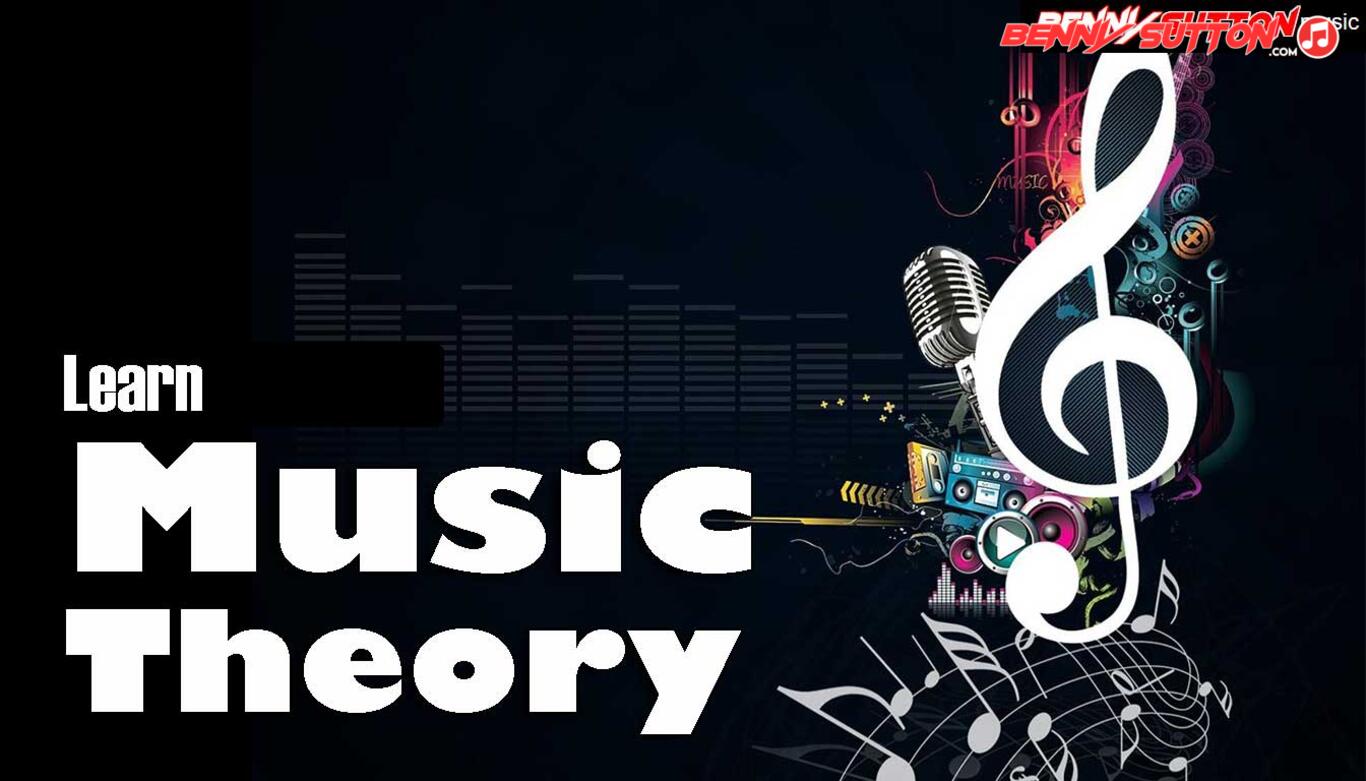Notation indicating chord over a specific bass note (e.g., C/G); can imply inversions or pedals.
Slash Chords
Slash chords (also called inversions or compound chords) are chords that specify a different bass note from the root.
Written as UpperChord/BassNote, they guide bass-line motion, smooth voice leading, or create harmonic color.
Unlike polychords (two full harmonies stacked), a slash chord keeps a single harmony but changes its bass foundation, often revealing a subtler inner motion or transition.
Structure
Format:
Chord / Bass Note
Examples:
- C/E → C major chord with E in the bass
- D/F# → D major chord with F# in the bass
- G/B → G major chord with B in the bass
| Example | Notes | Function |
|---|---|---|
| C/E | E–G–C | 1st inversion of C major (E in bass) |
| C/G | G–C–E | 2nd inversion of C major (G in bass) |
| D/F# | F#–A–D | Smooth passing chord to G |
| Am/G | G–A–C–E | Adds descending bass line from A to F |
| F/C | C–F–A | Strong subdominant inversion |
| C/B | B–C–E–G | Creates tension before resolving to Am or F |
Purpose and Function
Slash chords serve three main purposes:
1. Bass motion: allow stepwise bass lines between chords (C → C/B → Am).
2. Voice leading: create smooth harmonic transitions.
3. Color and emphasis: shift chord focus without changing the harmony above.
| Role | Example | Description |
|---|---|---|
| Inversion | C/E | Root chord with alternate bass |
| Pedal bass | D/C | Keeps same bass note under changing chords |
| Passing motion | G – D/F# – Em | Smooth stepwise bass |
| Color tone bass | C/B | Adds tension before resolution |
Tonal Character
- Mood: smooth, nuanced, often introspective
- Color: gentle revoicing of standard chords
- Function: controls bass-line flow, shapes emotional contour
- Texture: balanced — allows motion in bass while harmony remains static
Common Progressions
| Progression | Example (in C) | Effect |
|---|---|---|
| I – V/7 – vi | C – G/B – Am | Pop ballad motion |
| I – I/7 – IV | C – C/B – F | Descending stepwise bass |
| V – V/3 – vi | G – G/B – Em | Smooth bass descent |
| I – IV/6 – V | C – F/A – G | Strong lead into cadence |
| I – V/3 – vi – IV | C – G/B – Am – F | Modern pop staple (e.g., “Let It Be”) |
Real-World Examples
| Song | Artist | Slash Chord Use |
|---|---|---|
| “Let It Be” | The Beatles | C–G/B–Am–F classic motion |
| “Bridge Over Troubled Water” | Simon & Garfunkel | Passing inversions enrich ballad harmony |
| “Don’t Stop Believin’” | Journey | Sustained bass with slash chords |
| “With or Without You” | U2 | Layered inversions for atmospheric loops |
| “Fix You” | Coldplay | Emotional bass descent via G/F# and Em7/D |
Application Tips
- Guitar: play the upper chord shape and choose the bass note on a lower string; barre chords and open strings work well.
- Piano: keep bass and chord hands independent — root in left, chord in right.
- Arranging: use inversions to control low-end contour instead of repetitive roots.
- Combine slash chords with suspensions (sus4) for modern cinematic voicings.
- Avoid excessive low-end clutter — slash chords sound best with clarity between registers.
Comparison
| Type | Structure | Tonal Role |
|---|---|---|
| Inversion | Same chord, different bass | Smooth voice leading |
| Slash chord | May or may not be inversion | Defines bass motion |
| Polychord | Two distinct chords stacked | Creates bitonality |
| Power chord | Root + 5th | Simplified tonal center |
Summary
| Attribute | Value |
|---|---|
| Formula | UpperChord / BassNote |
| Tonality | Dependent on chord above |
| Emotional Color | Smooth, expressive, connected |
| Function | Bass-line motion, inversion, color chord |
| Common Progressions | C–G/B–Am–F; G–D/F#–Em |
| Used In | Pop, rock, jazz, film, gospel, worship |
